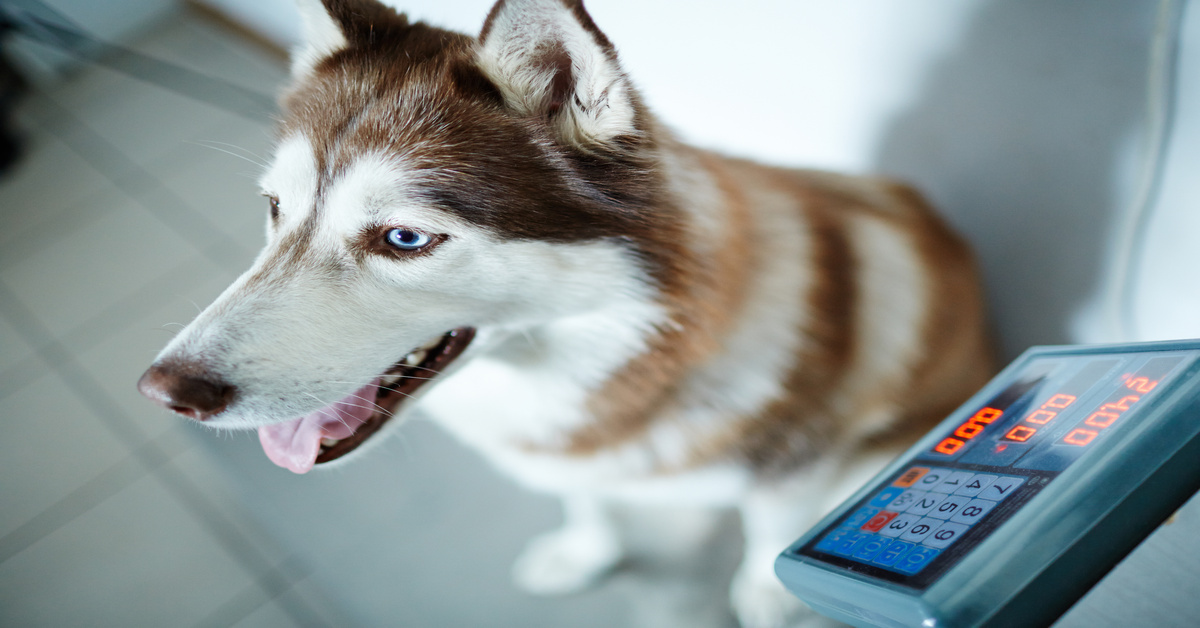
Veterinarians must measure weight accurately to diagnose conditions and calculate treatment dosages correctly. When engineers design veterinary floor scales, they must place the load cells carefully to maintain the scale’s accuracy.
Veterinarians should understand how load cell placement impacts veterinary floor scale accuracy. This knowledge empowers them to select equipment that consistently delivers trustworthy results for animals of all sizes and temperaments, which proves crucial for their practice’s success.
What You Should Know About Load Cells in Veterinary Scales
Load cells serve as the core components that measure weight. These small but mighty transducers convert the force of an animal’s weight into readable electrical signals. The scale’s platform rests on these load cells.
When an animal steps onto the scale, it applies pressure and causes the load cells to deform slightly. This deformation alters the electrical resistance within each cell, and the scale’s internal electronics translate this change into a precise weight reading.
For busy veterinary practices, high-quality components in the correct configuration help staff obtain quick and accurate measurements, even when anxious or moving animals stand on the platform.
Why Corner Load Cell Placement Matters
Engineers must place load cells strategically when they design veterinary scales. High-quality veterinary scales feature a load cell positioned under each corner of the weighing platform. This four-point configuration ensures that the scale captures accurate weight regardless of where the animal stands.
When an animal shifts its weight to one side, stands on only two legs, or moves around, the corner-placed load cells work together to provide stable and correct readings. This design prevents the frustrating inaccuracies that occur with centrally located load cells, which produce errors when animals don’t distribute their weight perfectly across the platform.
How Placement Prevents Inaccurate Readings
Scales with poorly placed load cells often produce inconsistent results. For example, a scale with a single, central load cell may give different readings if a dog stands near the edge versus in the middle.
This inconsistency can lead to incorrect medication dosages or flawed health assessments. When manufacturers use a four-corner system, they create a scale that minimizes positioning errors.
This setup effectively averages the force across the entire surface, which provides several advantages. The four-corner design delivers the following:
- Consistent accuracy even when animals stand off-center
- Reliable readings for moving or restless animals
- Reduces how often staff must reposition the animal
- Helps veterinarians feel more confident in their diagnostic data and treatment plans.
This thoughtful engineering ensures that every weigh-in contributes positively to the animal’s care plan. The superior stability and accuracy make a tangible difference in clinical settings.
Choose the Right Scale for Your Practice
When you select a new floor scale, examine its internal structure just as carefully as its external features. Choose a scale that places load cells in each corner to get the dependability your professional veterinary environment requires. This design eliminates guesswork and ensures that your weight data remains consistently accurate, which helps you achieve better patient outcomes.
Consider how load cell placement impacts veterinary floor scale accuracy as you make this purchase for your practice. Contact Prime USA Scales today to explore our veterinary floor scales designed for maximum accuracy and reliability.